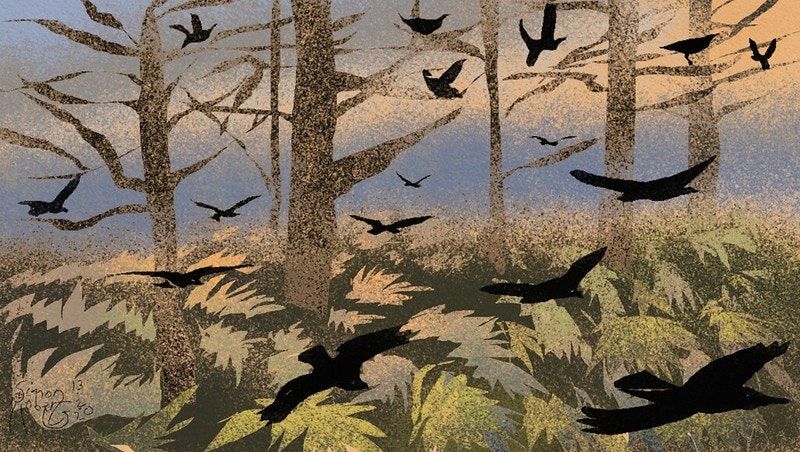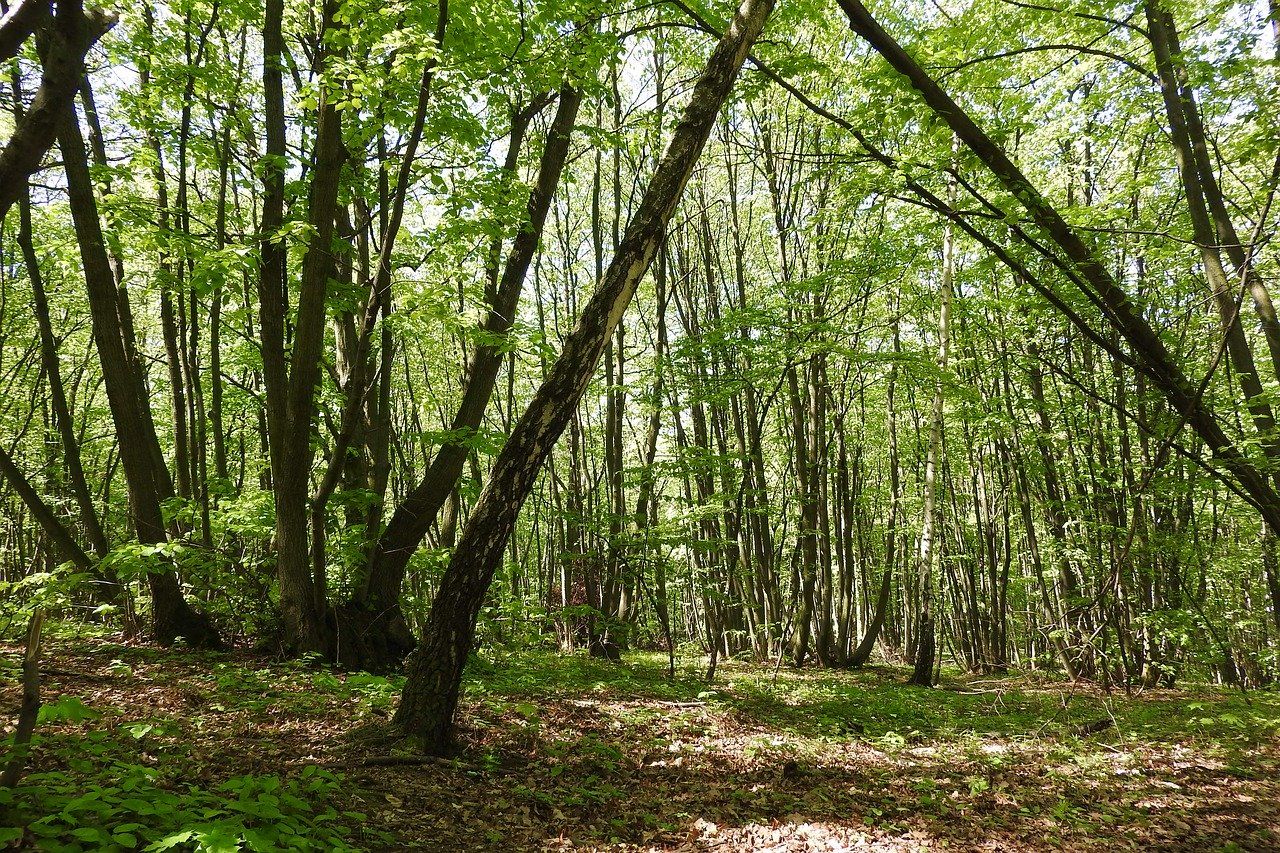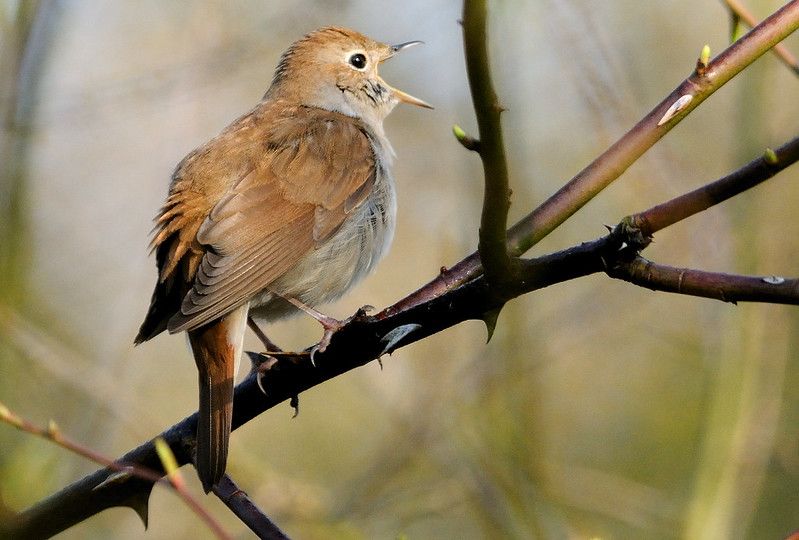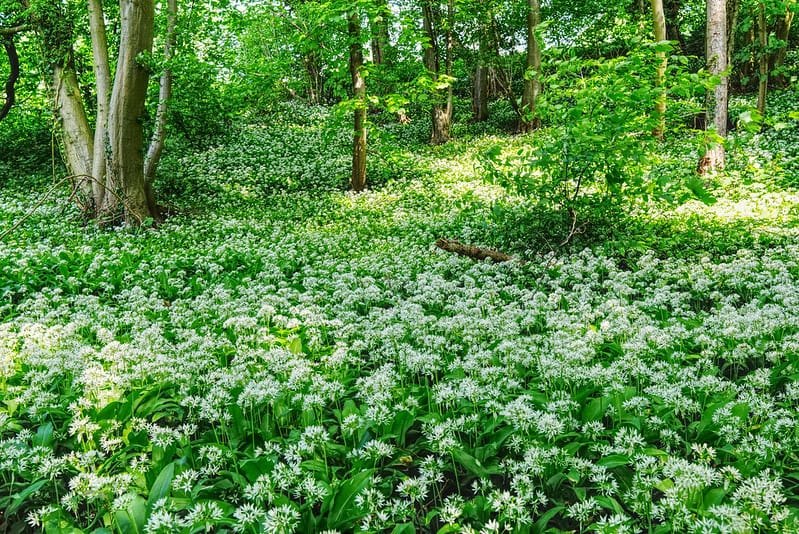
"Sometime in the Neolithic, we discovered the secret of eternal youth for trees."
An essay on the ancient art of coppicing.
This week’s feature is an extract from Framing Nature, a new book by Laurence Rose that explores the cultural roots to humanity’s relationship with nature.
Coppicing trees is what kept people and nightingales together in Britain.
Cutting them down to ground level every 15 to 20 years and allowing them to regrow created a valuable and renewable resource of building material, fuel, leather-tanning products, fencing and forage.
The trees may be very ancient below ground, where their centuries-old roots and the soil ecology they support bring health and stability to the whole forest, but above ground the same trees are young and vigorous.
Sometime in the Neolithic, we discovered the secret of eternal youth for trees. We kept some trees uncut to become venerable ancients, or as a long-term source of timber for the ships, great halls and cathedrals of a distant future.
This pattern of coppice-with-standards created a mixture of damp, shady areas under the tall trees and dense tangles of bramble and honeysuckle where the light was allowed in.
The ancient oaks and their unique lichens and fungi invited in thousands of different specialist beetles, snails, wasps, flies, spiders, millipedes and woodlice. The youthful hornbeams fed hundreds of different types of moths and butterflies, sawflies and hoverflies.

The damp shade hosted yellow archangel, primrose, bluebell and wood anemone; the bright glades in the new coppice were temporary jousting-fields for perpetually skirmishing speckled wood and silver-washed fritillary butterflies.
Then, within a few years of the cut, the undertangle would return, the butterflies would move on and the nightingales would move in. Over time the canopy would close out the light, the ground layer would thin, and the nightingale territories would shift into more recently-coppiced plots, known since Norman times as coupes.
The earliest evidence for coppicing comes from the trackways of oak, ash and lime built across the peat of the Somerset Levels.
They were constructed from small trees and poles cut on both short and long rotations and, thanks to the science of dendrochronology, can be dated precisely to 3806 BCE. Four millennia later the Romans arrived and set about coppicing large tracts of the Wealden woodlands to fuel their iron works.
The new cross-channel polity saw the population of Kent increase dramatically as did the demand for forest produce, which in turn drove up the value of woodland. Woods were settled and fragmented, but also better managed as a sustainable resource.
Widespread settlement of the common wooded land began in the 7th century, when the Jutish herdsmen of east Kent, who had been using the woods seasonally for pannage and pasturage, gradually established the scattered villages and small towns of the Weald.

The eventual decline in coppicing was less extreme in Kent than elsewhere in the country due to a sustained local demand for paper pulp and pitwood.
When I was growing up, paper-making was one of Kent’s characteristic industries. One of the largest and one of the few surviving companies, Swantex (now Swan Mill), still operates in my home town of Swanley, which owes its name to the ancient practice of pannage – the turning out of swine into woodland clearings or leys.
Coppicing is still practiced. Nowhere is it an economically viable industry in the old way: no essential product of the woods can be produced that is more effective, easier to produce, cheaper to process and more convenient to transport than its modern equivalent.
Fossil fuels have replaced wood and charcoal, hopefully to be replaced in turn; plantation conifer, concrete and steel have replaced oak beams, synthetic tannin has replaced bark, mined potassium chloride has replaced potash. Imported goods replaced everything, whether they came by ship from the other side of the world or by rail from a cheaper source at the other end of the county.
Now, coppicing happens where people want it to happen and are prepared to bear the cost and inconvenience of using wood over plastic, charcoal over oil, local charcoal over imported charcoal. Or they want to revive the old skills of wood-turning and stave-making.
Enthusiasts cut wood, wait for it to season, stack it in mounds, fire it and wait again. In clearings they build pizza ovens for when the charcoal is ready.
The economics of it are the economics of lifestyle choice, not of necessity. Except, that coppice woodland is a unique and rich habitat for wildlife, and subsidised conservation has introduced new rules of economics.
Framing Nature by Laurence Rose is available now.
Image credits: Simon G.B. Roberts, Markéta Machová, Kev Chapman
Subscribe to our newsletter
Members receive our premium weekly digest of nature news from across Britain.
Comments
Sign in or become a Inkcap Journal member to join the conversation.
Just enter your email below to get a log in link.








